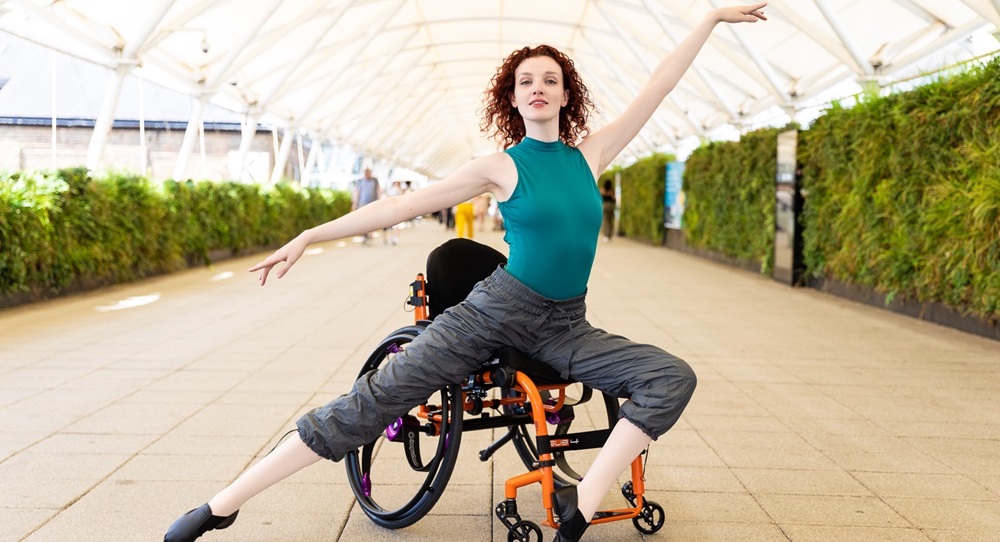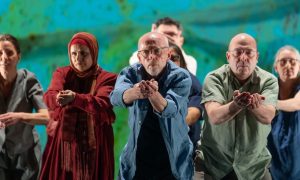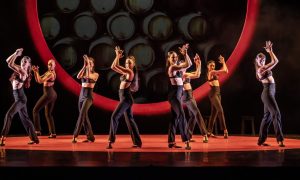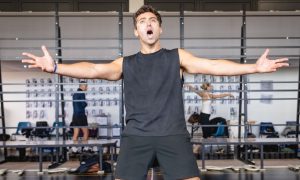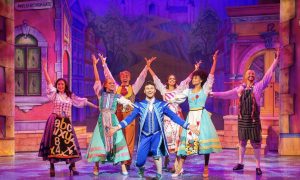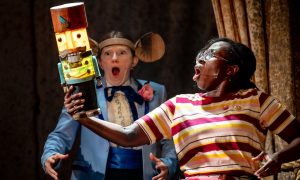At nearly 30 years old, Kate Stanforth is making waves in Disability Arts. Experiencing chronic illness herself, Stanforth knows firsthand the challenges disabled creatives face. In 2021, she began the Kate Stanforth Academy of Dance, an award-winning inclusive dance academy, which she runs alongside choreography commitments, speaking engagements, brand partnerships and more. Her presence in the industry is shining a light on disabled creatives and proving that everyone should be given the chance to dance. Dance Informa had the privilege of chatting with Stanforth, as she shared her story and hopes for the future.
You were training to become a professional dancer, prior to becoming unwell. Could you share a little about your dance background?

“I started dancing when I was two years old and fell in love with ballet straight away. By the age of eight, I started pre-professional training and was dancing at a high level. I practised before school, after school and on weekends. Dance was my life. And then I became unwell.”
Do you mind helping readers better understand your illness?
“One night, I felt really unwell and got my Mum to collect me from my friend’s house. I had some dips in my health before this, but I usually came out the other side after a few weeks. I remember this night feeling incredibly ill, like something was seriously wrong. I got home and struggled to walk up the stairs. From then on, my health declined quickly. I started to struggle to walk, eat and basically function as a human. It took a year to get my first diagnosis (Myalgic Encephalitis), and many years more to get my main diagnosis of Ehlers-Danlos Syndrome.”
You were a teenager when you became unwell – a vulnerable time in anyone’s life. Can you share how this time shaped who you are today? Were you naturally an ‘overcomer,’ or did it take time to shift your perspective?
“One of the most difficult things for me to adjust to was to change from a ‘dancer’ mindset to a ‘chronic illness’ mindset. In dance, you train until things are perfect. Always giving 100 percent. You have rigid training schedules, and ballet especially is very rules-based. But in chronic illness, it feels like the opposite. Chronic illness has no rules, as you never know how you’ll be from one day to the next. You have to rest. Your focus is on survival, and one of the most important things is not to push your body near its limits, like you would on a daily basis in dance. It’s a lot to get your head around.”
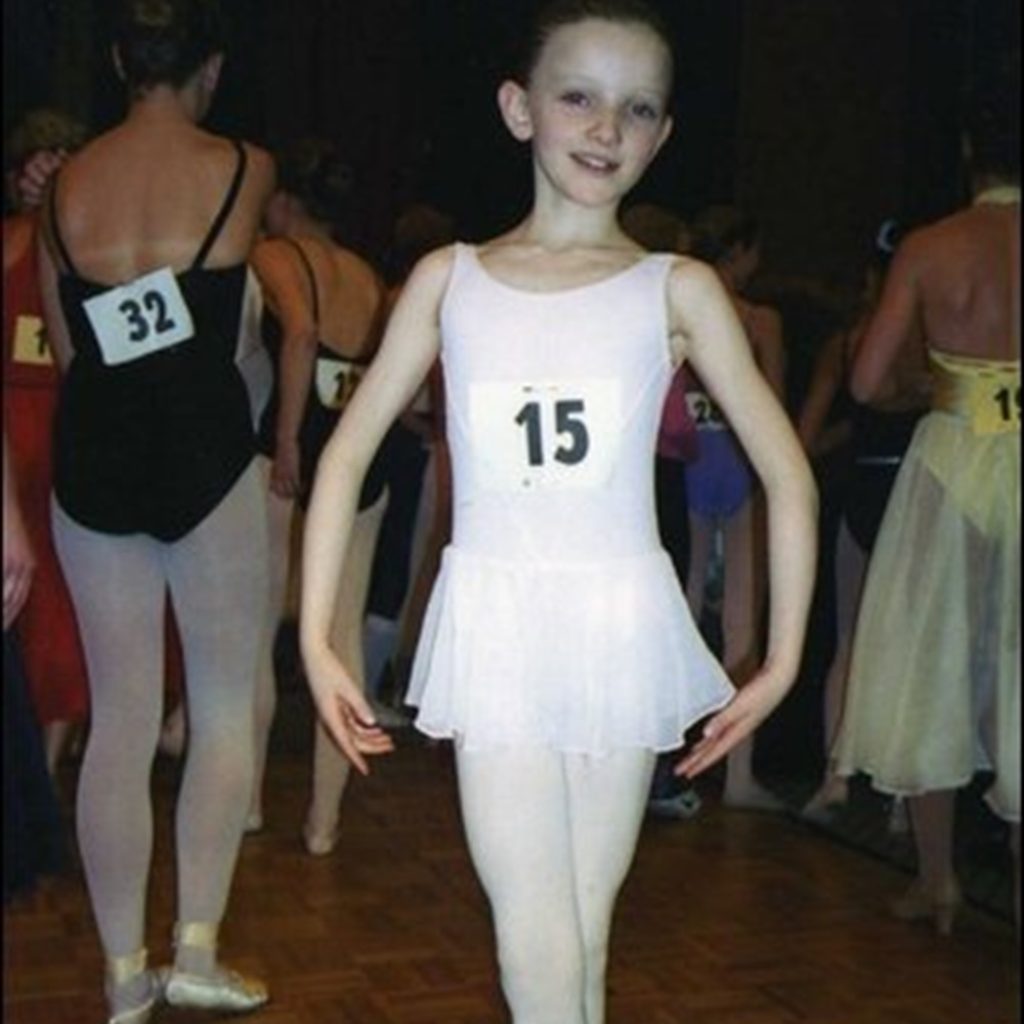
Tell me about the genesis of Kate Stanforth Academy of Dance. How has it grown since you began in 2021?
“Kate Stanforth Academy of Dance started during Covid in 2021. As a clinically extremely vulnerable person, I had to isolate for over a year at home and wanted to help the community. Movement is important for my condition, and for many other disabled people. I knew not being able to get out of the house was going to have a huge effect on me physically, as well as socially and emotionally. So, I did what I do best… dance. I started free weekly online dance sessions. Before long, I gained a worldwide audience with hundreds of attendees, and once restrictions lifted, I was asked if I could continue teaching. So, the dance academy launched ‘officially’. We now have six staff members who have lived with chronic illness. Also, we have just received our non-profit status!”
In addition to the Academy of Dance, you advise on inclusion with cross-sector partnerships for brands and dance examination boards. Do you have a favourite project you’ve worked on so far?
“Working with brands, dance companies and dance boards is one of my favourite things to do. I want to make sure that inclusion is happening in all areas of dance. I really mean this when I say every project is special to me, but I recently was able to work with Matthew Bourne’s New Adventures and adapt some of their choreography for Romeo and Juliet. That was a big moment in my career as someone who’s been a fan for years and got such lovely feedback – still pinching myself about that one!”
Coming from a background where you were dancing without hindrance, to needing to adapt your movements gives you a unique perspective on what disabled creatives face. What do you view as difficulties for disabled creatives, and how do you think these can be overcome?
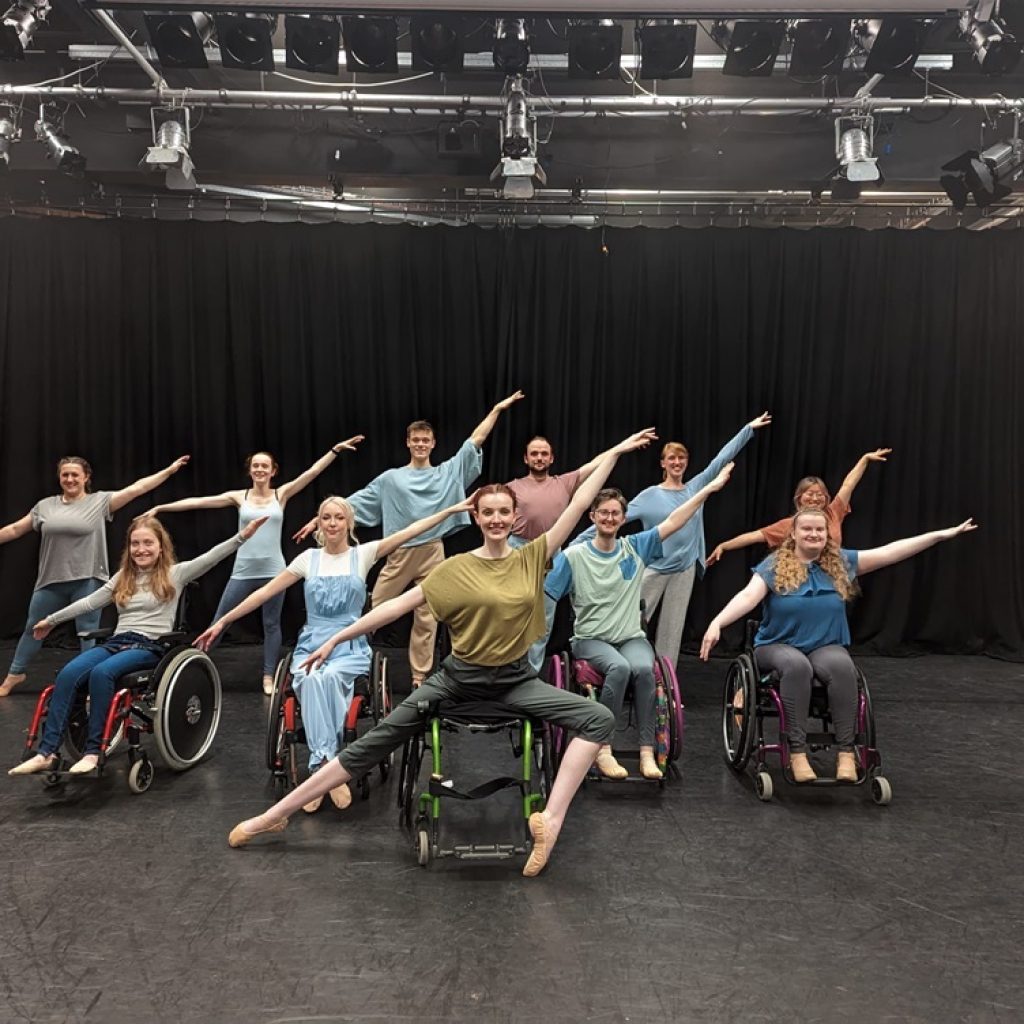
“Disabled creatives face so many hidden barriers. I think people look at me, as a disabled dancer, and think my wheelchair is my biggest barrier. That’s only the start.
My dance wheelchair took me years to get, costing over £10,000 in the process. When I travel, I need a carer, which often isn’t covered in budgets, and organising accessible transport/accommodation is difficult. I can’t stay at friends’, as they don’t have the adaptations I need, and good, accessible hotels are usually a premium price. That’s before we even get to a venue to start my job.
I work limited hours, and ask for later starts because my medication regime takes me hours in the morning. I think people look at me and are quick to judge. I look relatively ‘normal,’ but my bowel, bladder, lungs and heart (just to name a few) don’t function correctly, so I have a lengthy medication regime multiple times a day to try to manage this. In my early days, I ended up in a life-threatening situation when I pushed my body too far on a job, so the reasons I put the access needs in place are for everybody’s safety. And that goes for everyone with access needs. They’re so important!
I have been told, unfortunately a number of times, that my access needs are simply too much. It’s lost me many jobs. It’s devastating, but I still fight for work. I feel the pressure as a disabled creative to prove myself that extra bit because I’m working less hours, or they’re paying more for me because of my carer, and I wish that wasn’t the case.
Ideally, each organisation should have an access budget to support disabled creatives. If there were more of us in jobs, I feel like the pressure wouldn’t be so much. So, here’s my plea to hire more disabled creatives and support them with their access needs!”
What do you think is the most important thing for audiences to recognise about disabled creatives?
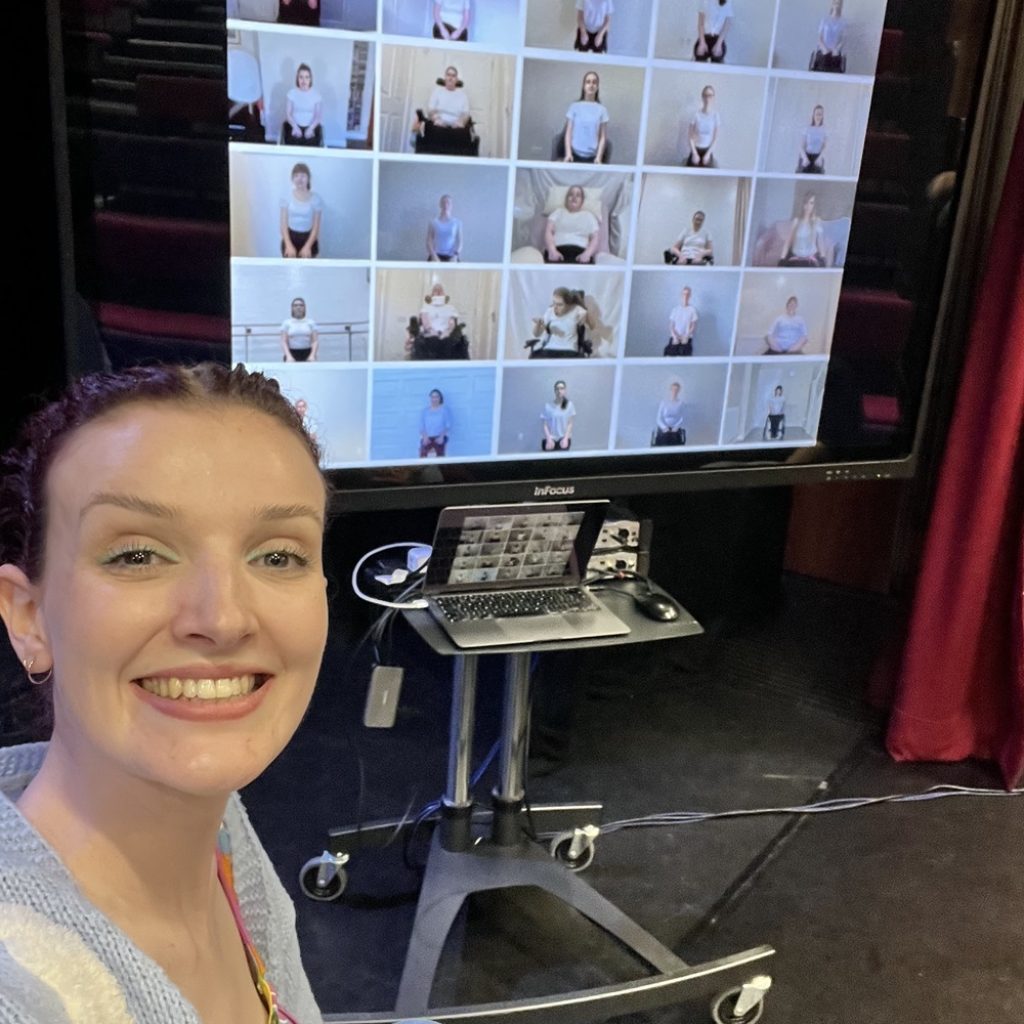
“Audiences have a lot of say in the industry. My request would be that audiences start asking questions. What disabled creatives do you have in your team? Have you worked with a disability access advisor, and were they disabled? Do you want to see more disabled people on stage? We rely on voices to make changes.”
What do you think is the most important thing for the creative industry to recognise about disabled creatives?
“I think there are more opportunities than ever in the creative industry for disabled creatives, which is amazing. I think the most important thing is listening to the community about where the gaps are.”
How do you envision the future of Disability Arts?
“There are so many individuals and organisations doing amazing things right now. I really do think we are going in the right direction, and that’s important to highlight!”
Readers can follow Kate Stanforth’s work at www.katestanforthacademyofdance.com or @katestanforth on socials.
By Melody McTier Thomason of Dance Informa.


